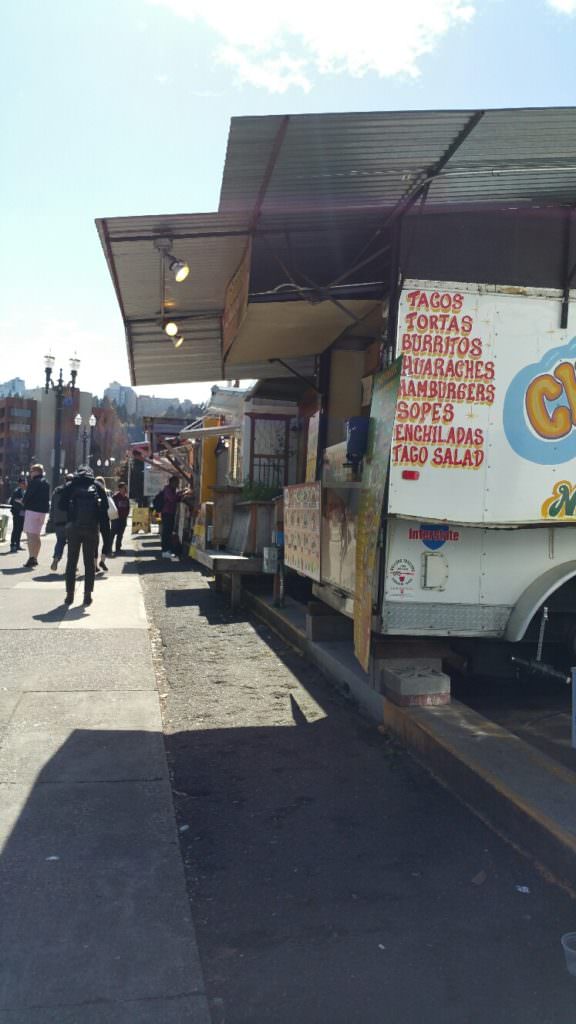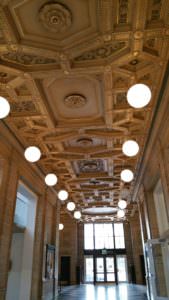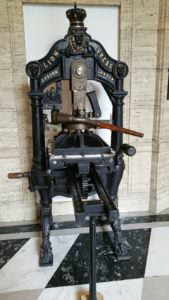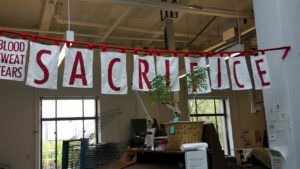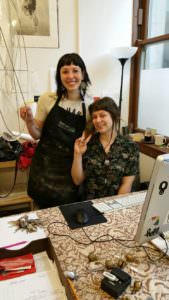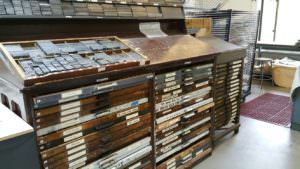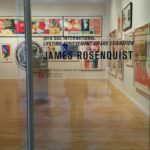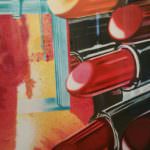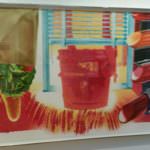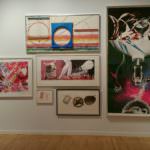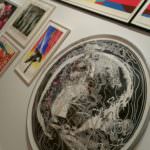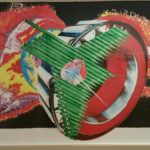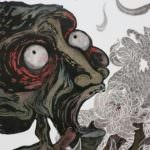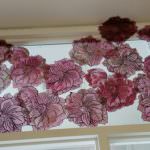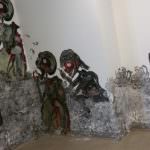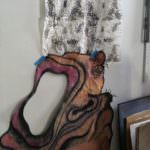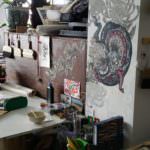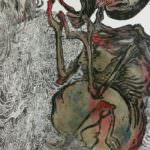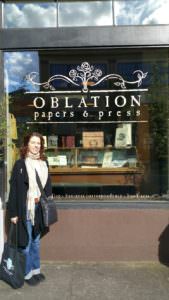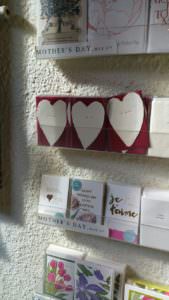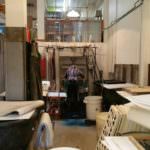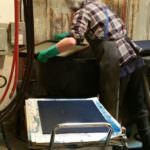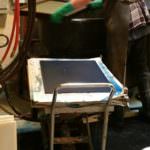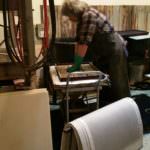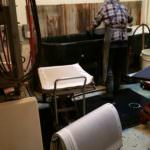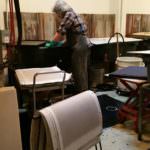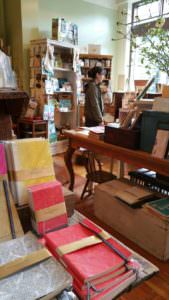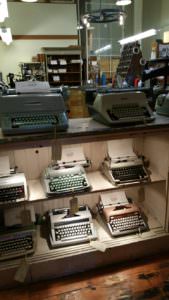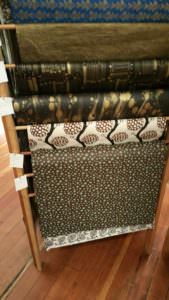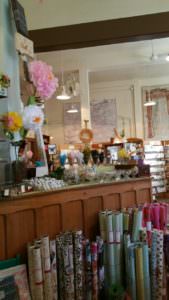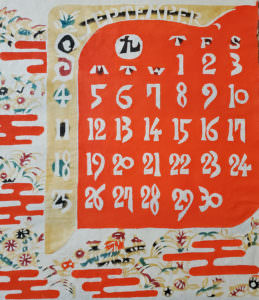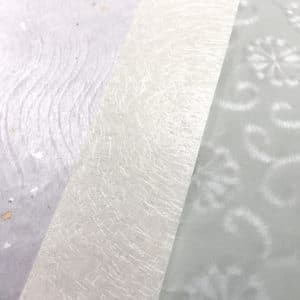As my feet touch the ground in Japan, and I try to adjust my internal clock to Tokyo time, I still am coming off a papermaking and printmaking high that started in Portland. No, it’s not because of any legal herbs or ink fumes, but the genuine love of both arts (and the city of Portland, OR) that resonated in “Flux”; this year’s theme of the annual Southern Graphics Council International conference. I have participated as a vendor providing handmade paper for printmakers for many years, and I was keenly interested in how this year’s event would turn out. This year exceeded many expectations!
The Pacific Northwest College of Art played a huge role. As Portland was only the second city on the West Coast to host the conference, there was much excitement in creating a buzz for innovative printmaking, and strengthening the community there.
Matthew Letzelter, Chair of Print Media at Pacific Northwest College of Art , stopped by to say hello at the Paper Connection booth. We were so happy to meet him in person. Thanks to him and to each of his staff for all their hard work in making this event successful!
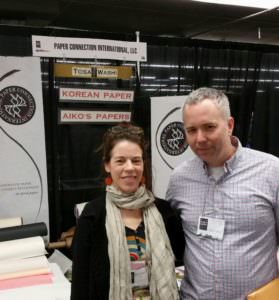
A few views of Pacific Northwest College of Art during the time of FLUX.
A key highlight everyone was looking forward to was the James Rosenquist Keynote discussion. I was fortunate enough to have caught the James Rosenquist exhibition at PNCA’s 511 Gallery .
The exhibition will be a survey of Rosenquist’s printmaking career that spans many decades of his creative practice paired up with some of the top professional printmaking studios in the world.
Brian Shure, professor at RISD , along with PNCA adjunct faculty Paul Mullowney gave a presentation on Eastern surfaces for printmaking techniques, and traditional approaches to paper backing and mounting.
Here is a partial copy of the online published version of the workshop description to give you the gist:
This workshop explored the use of Japanese and Chinese paper and silk for printing intaglio, relief and lithography, with techniques applicable to all print media as well as collage and wall mounted work. Chine collé, chine applique, and other backing and mounting techniques will be demonstrated and explained, along with preparation and use of starch-paste, the only adhesive accepted by conservators as archival and reversible for paper. These methods and materials have a thousand years of research and testing behind them and are made of environmentally friendly, sustainable substances.
Here are photos of the various works by a PNCA‘s printmaking grad student Carrie Ann Kanani Miyamoto, who printed on washi and used wheat paste to “collé” directly to the wall:
Thought it wouldn’t hurt to reiterate the importance of Eastern papers in printmaking and re-post here the words of Matthew Letzelter :
“We are finding a higher demand for a variety of the eastern papers due to a number of reasons. The papers can be backed and seamed together to increase size and scale of work within a reasonable budget; they are available on rolls that do not need days of processing to be flat; they tend to have a wide variety of textures and color as well as being very sturdy for their relative density of fiber. We can adhere them to more traditional western papers for illuminating the ink layers and transparency of the fiber along with a strong durability and history of being stable as a medium. As far as processes go, I could not point out one that they are not used in and we have many!”
Exploring Portland:
Our long-time clients Jennifer and Ron Rich at Oblation Papers and Press, not only do their own line of letterpress printed stationery, but they make the paper by hand right in house! It was so nice to see their store in person.
More photos of this delightful store-every corner filled with stationery beauty, impeccably merchandised.
The plethora of food in Portland causes ones eyes to fall out!
Matthew mentioned this special place in our previous blog, and so following his advice, I finally laid my eyes upon a mountain of Voodoo Doughnuts – a local favorite.
Until next time Portland, OR- I need to finish sampling all your heavenly food trucks.
